The Problem
Fighting global warming is one of the biggest challenges for humankind. Therefore most of the industrialized nations try to increase their output of renewable energy. In Germany in particular this means despite other approaches to build wind turbines. A majority of people is in favor of wind energy, but in many places building a huge wind turbine is not possible because of the opposition of the residents, which usually don't like the look, sound or shadow of these turbines, or because of environmental reasons (e.g. nearby endangered birds).
The Solution
The solution for this problem is to use trees as a energy source. To be more precise: This project tries to generate electricity by using the bowing motion of trees which are exposed to wind.
Current Status
A first prototype has been built (see milestones below or video above), but to find the best solution, more research has to be done, which goes into three main directions:
► Energy: How much energy is trapped inside a swinging tree and how much can be recovered?
► Configuration: Where should the harvester be mounted? Between two or more trees or with connection to the ground? Directly at the ground or at the top? Shall the harvester be usable only with one tree (aka in a garden)?
► Engineering: How can the linear movement be converted into electrical power? Use of an hydraulic/pneumatic system, simple ropes or linear generators for direct electrical power generation?
Milestones:
Brainstorming
First CAD Sketch
First data from the field
Harvester has a testing area
First parts ordered
First prototype
First wind energy harvested
Harvester Stringsensor V1 CAD
Start of the data collection
 Tobiwan
Tobiwan The spools are sitting on ballbearings, everything is 3D-printed:
The spools are sitting on ballbearings, everything is 3D-printed: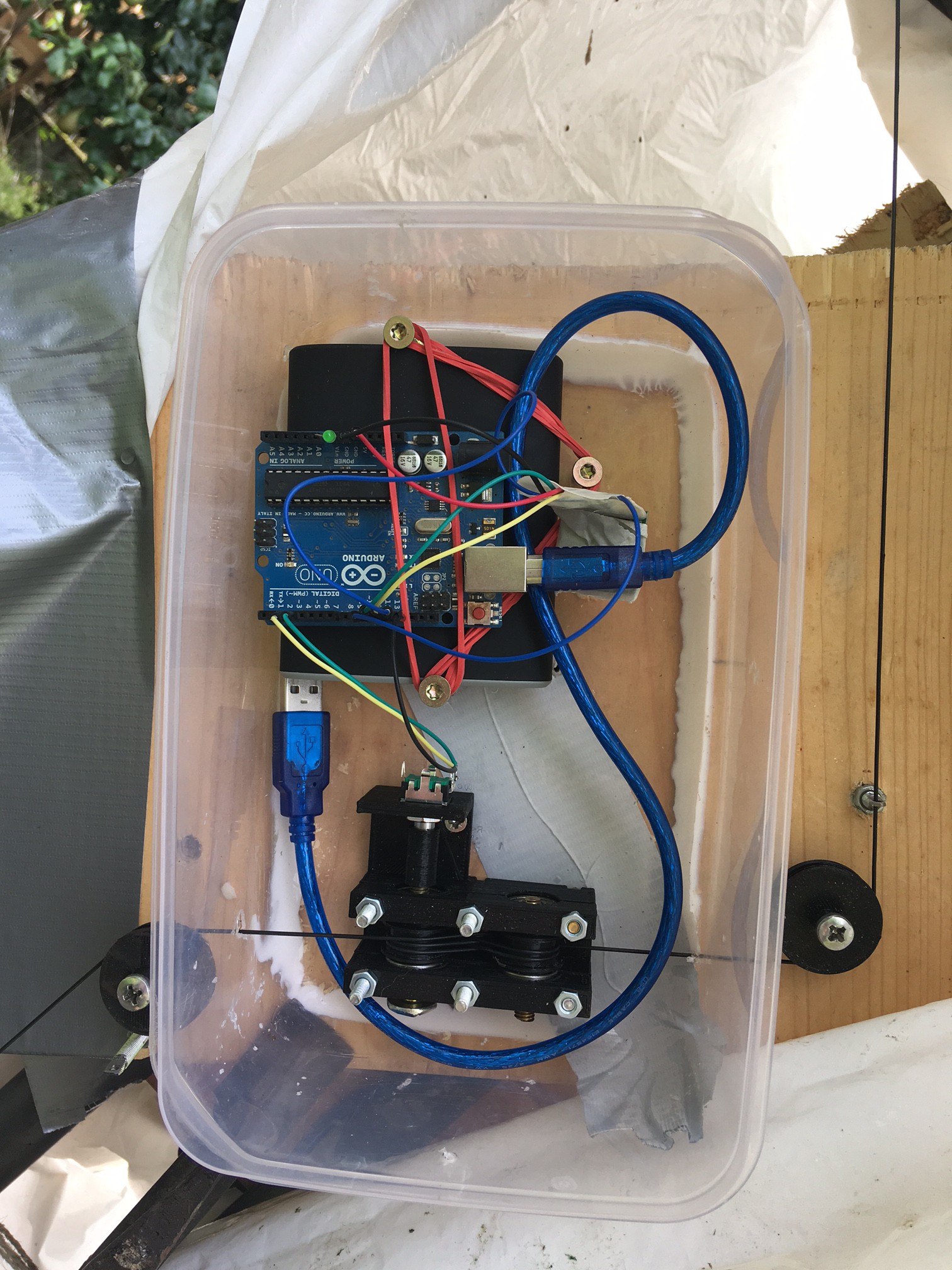 The whole setup is encapsulated in a lunch box and screwed to a wooden plate. The Arduino is connected to a power bank with 10000mAh which should provide power for several days.
The whole setup is encapsulated in a lunch box and screwed to a wooden plate. The Arduino is connected to a power bank with 10000mAh which should provide power for several days. 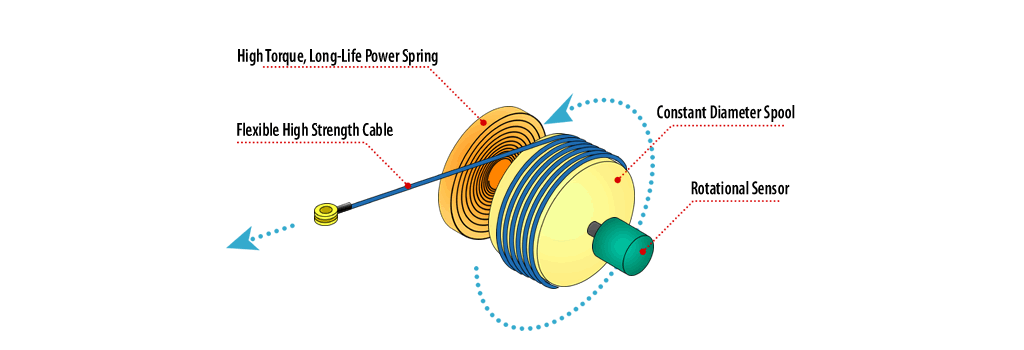 My design there are two spools, so the string does not wind up, and my design uses a weight as the pullback force, not a spring:
My design there are two spools, so the string does not wind up, and my design uses a weight as the pullback force, not a spring: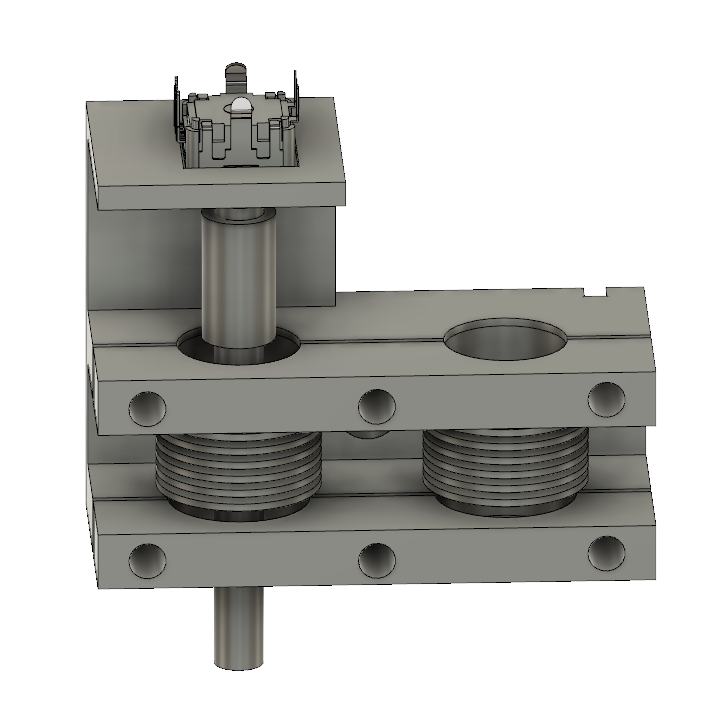 The next step is to print out the holding structure, the spools and assemble everything.
The next step is to print out the holding structure, the spools and assemble everything.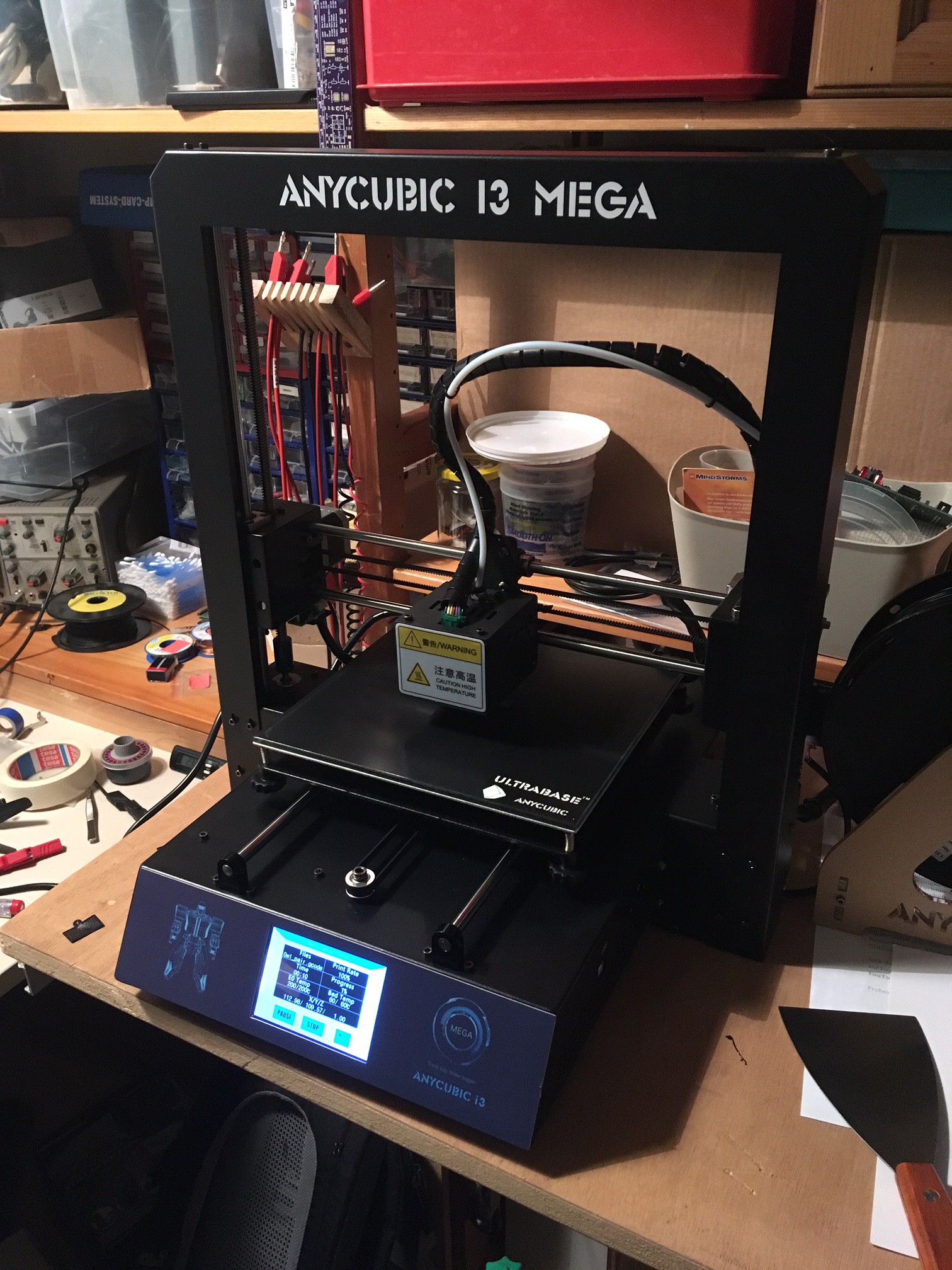

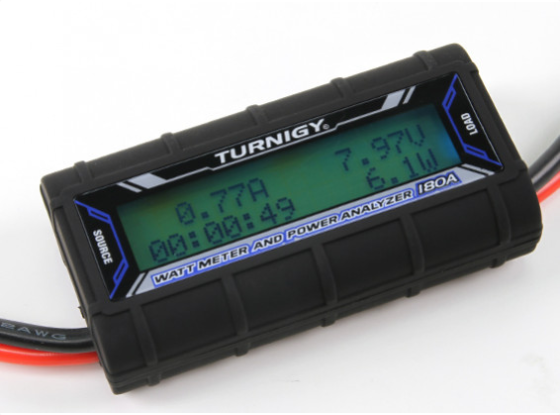 The are used to monitor battery charging, power consumption and other stuff. With external power they have a voltage range 0-60V, the can handle currents up to 180A and measure the energy with a resolution of 0.1Wh, which should be sufficient for the first prototype with the stepper motor up to the coming, much bigger, prototypes. Off course it would also be possible to measure voltage and current with an Arduino and then make the energy calculation myself, but sometimes you have to take the quick route.
The are used to monitor battery charging, power consumption and other stuff. With external power they have a voltage range 0-60V, the can handle currents up to 180A and measure the energy with a resolution of 0.1Wh, which should be sufficient for the first prototype with the stepper motor up to the coming, much bigger, prototypes. Off course it would also be possible to measure voltage and current with an Arduino and then make the energy calculation myself, but sometimes you have to take the quick route. A second version will have a strong spring in it, so together with the position data I can calculate the force for every point in time, with that also the work done and therefore the minimal energy which the tree can give away.
A second version will have a strong spring in it, so together with the position data I can calculate the force for every point in time, with that also the work done and therefore the minimal energy which the tree can give away.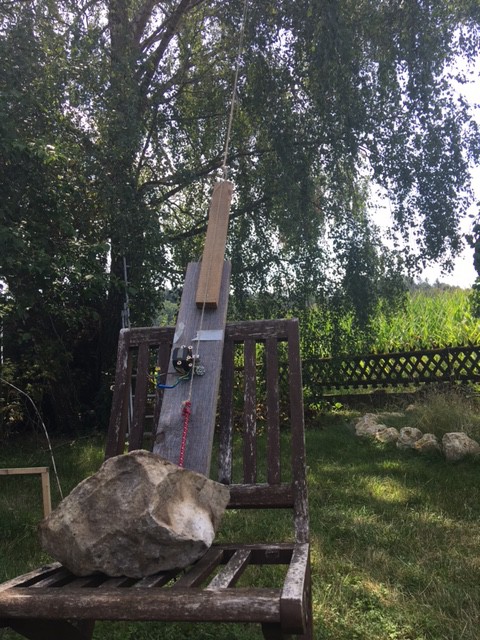

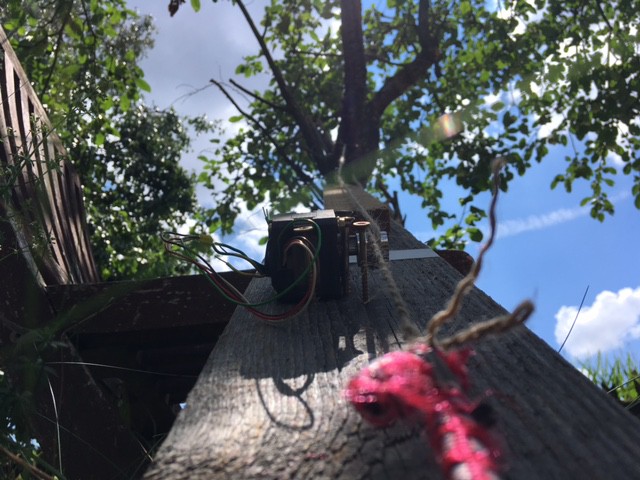
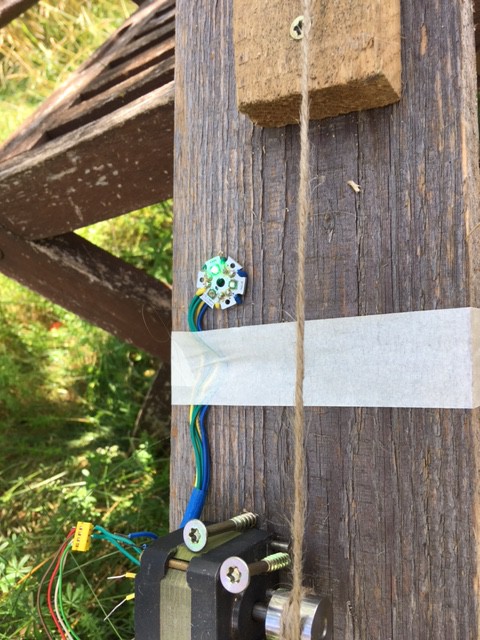



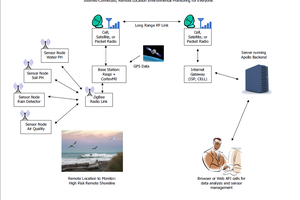
 x3n0x
x3n0x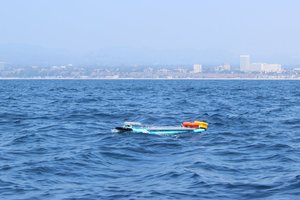
 Rusty Jehangir
Rusty Jehangir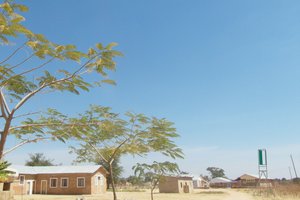
 mario.milanesio
mario.milanesio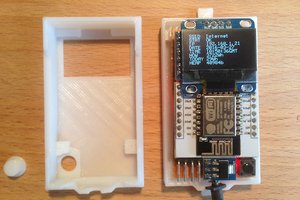
Nice prototype! In case you want to want to put more work into the stepper idea:
Put a rectifier on each coil. So you need 2 single-phase rectifiers. Just connect their outputs. It might be worth using Delon rectifiers which doubles the voltage - depending on the output voltage you need.
Obviously having a gearbox for higher RPMs at the stepper would allow harvesting higher forces from the tree.